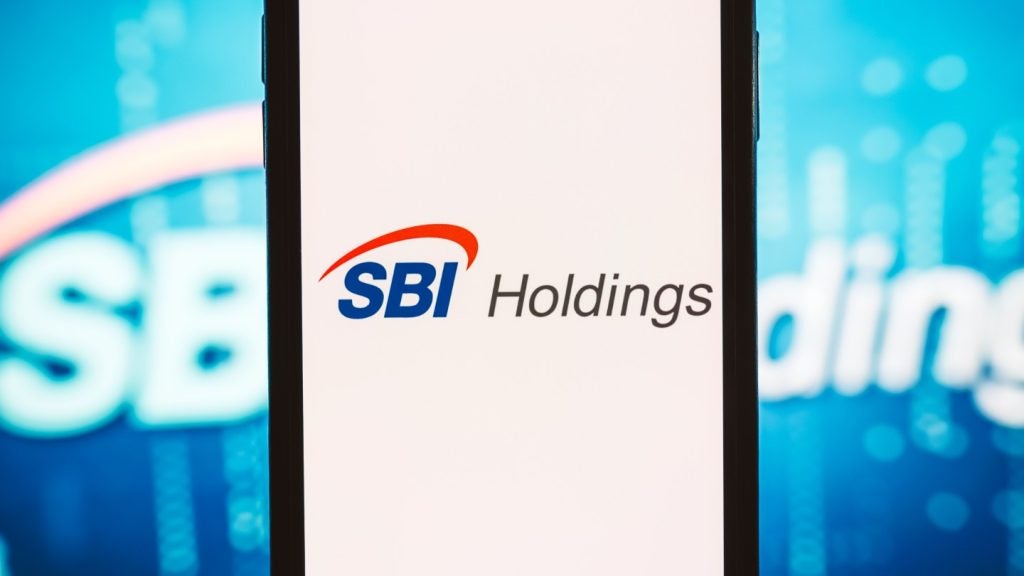A new report* from VRL
KnowledgeBank looks at the growing market in dedicated banking
services to professionals such as doctors and accountants and their
businesses. Professionals are attractive as they are in higher
income brackets and demand a mix of personal, business and wealth
management services.
Professional banking is an umbrella term used for the provision
of dedicated banking and financial services to the professional
segment. The professional segment typically includes doctors,
lawyers and accountants but can also involve engineers and
architects, as well as the staff and clients of
professionals.
As professionals require a mix of personal and business banking
services they tend to be more profitable than customers only
needing one or the other. Research by Canada’s RBC Royal Bank
concluded that households requiring business and personal banking
services are 1.6 times more profitable than business-only
households and six times more profitable than average personal
banking households.
One of the main reasons why banks target professionals is as a key
source of referrals. A 2004 research study of 14 banks with
combined assets of $1.3 trillion by Consumer Bankers Association
Analysis, Strategy, and Practices Research found that 20 percent of
out-of-branch client contact calls made by business bankers and 18
percent by branch managers were made to prospective client referral
sources, such as attorneys and accountants.
Professionals are attractive customers because they are in higher
income brackets and demand a mix of personal, business, and wealth
management services, creating strong cross-selling opportunities;
they often operate with high balances in current or escrow
accounts; and they are a good credit risk, operating in stable
industries with well-understood and time-tested business
models.
Professionals’ costs and earnings can also vary hugely over the
course of a lifetime – for example, a medical student will
typically incur huge debts – meaning that a well- targeted
segmentation strategy can provide a package that mitigates this
short-term situation in order to acquire a lifetime customer.
How well do you really know your competitors?
Access the most comprehensive Company Profiles on the market, powered by GlobalData. Save hours of research. Gain competitive edge.

Thank you!
Your download email will arrive shortly
Not ready to buy yet? Download a free sample
We are confident about the unique quality of our Company Profiles. However, we want you to make the most beneficial decision for your business, so we offer a free sample that you can download by submitting the below form
By GlobalDataOne of the most established professional segments is the health
care industry. In the US, the introduction of products such as
health savings accounts, flexible spending accounts and health
reimbursement arrangements are helping to blur the lines between
the medical and financial services industries, and the
opportunities for banks seem to be significant.
Until 2014, health care expenditure is projected to grow at an
average annual rate of 7.1 percent reaching $3.6 trillion, up from
$1.7 trillion in 2004, according to the Centers for Medicare and
Medicaid Services. A number of banks in the US already offer
dedicated services to this market, including Doctors Bank, PNC
Bank, Stillwater National Bank, Bank of America and Citibank.
American Express says credit and charge cards are the most common
means of payment for medical practice purchases (56 percent). Among
physicians who prefer to use credit or charge cards, the most
common advantages cited are earning rewards (57 percent).
A huge business
In the US, providing consumer loans for health care has become a
huge business. CareCredit, for example, a unit of GE Money, is the
largest patient financing programme in the US. CareCredit is
accepted at over 70,000 health care providers in a range of areas
including laser eye surgery and vision care, veterinary medicine,
dentistry, cosmetic surgery, audiology, chiropractice and others.
Since 1987 it has provided credit for health care treatment to over
5 million customers.
CareCredit offers a revolving credit line of up to $25,000 to fund
health care expenses. It has a range of payment plans including 3-,
6-, 12- and 18-month no-interest plans and 24-, 36-, 48- and
60-month extended payment plans. Applications can be made at the
offices of the health care provider or online.
CareCredit markets services primarily to its merchant partners,
which in turn promote them to their patients. Relationships with
professional associations are a key element of this marketing
approach. The company has endorsements from the American College of
Eye Surgeons, the Society for Excellence in Eyecare, the Academy of
General Dentistry, and the American Society of Plastic Surgeons, to
name a few. CareCredit also provides sponsorship for a wide range
of industry events.

Indeed, ‘medical banking’ is an emerging niche industry in the US
in which banking infrastructure is used to process medical payments
and patient data, and streamline other health care administrative
operations. (Medical banking is a trademark of the Medical Banking
Project, a Tennessee-based policy research and strategic advisory
firm. The organisation claims banks can save $35 billion annually
for the US health care system.)
Proponents of medical banking argue that banks are in a unique
position to take advantage of this market opportunity – payments
processing is a core competency of banks and they are able to
process claims much more efficiently than health care providers.
They claim it would take the health care system decades to develop
a payments infrastructure to match that of banks.
*The above is a very short extract from a new VRL KnowledgeBank
report called The Professional Market Segment: Strategic Excellence
in Banking. Written by Ray Cain, the report examines the
opportunities for banks looking to cater for professionals and
their businesses and contains a number of case studies. For more
information, contact Shouvik Sen on +44 (0)20 7563 5615 or via
shouvik.sen@vrlknowledgebank.com







